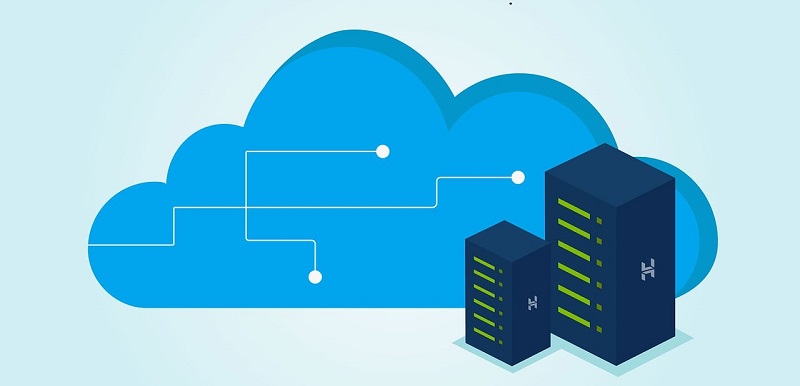Legacy, on-premises storage vendors such as NetApp and Pure Storage are actually playing a key role in cloud storage. They are critical in making data available to users, whether that data is needed on-premises, on the cloud, or moving back and forth between the two and between multiple clouds. In fact, according to recent statistics, 57 percent of data in the U.S. and the U.K. is stored in the cloud, while 43 percent is stored in on-premises infrastructure. This showcases the growing significance of cloud storage in today’s digital landscape.
Businesses are operating in an increasingly hybrid multi-cloud world, where data moves between cloud and on-premises infrastructures. This creates a need for seamless integration and interoperability between different environments, and legacy storage vendors are stepping up to fulfill this requirement. They enable organizations to bridge the gap between on-premises and cloud storage, ensuring smooth data migration and access.
One of the key reasons legacy storage vendors are still relevant in the era of cloud storage is the frequency of applications and data migration from on-premises to the cloud. In fact, a staggering 86 percent of organizations regularly migrate applications and/or data from on-premises to the cloud. However, this process isn’t always straightforward, as 81 percent of organizations find application and data portability to be complex. This is where legacy storage vendors come into play, offering solutions to simplify the migration process and ensure data integrity.
The strategic benefits of multi-cloud operations are also widely recognized by organizations. A survey found that 88 percent of organizations agree that multi-cloud operations provide strategic benefits for them. Legacy storage vendors contribute to this by enabling seamless integration between different cloud providers. They offer ways to tie their on-premises arrays to the cloud for easy migration, not only between arrays and the cloud but also between clouds. This flexibility allows businesses to leverage multiple cloud platforms and select the ones that best suit their specific needs.
While cloud storage providers like Google, AWS, and Azure excel at letting data in, there are challenges when it comes to extracting data. These providers don’t always make it easy to migrate data out of their platforms. Organizations can face difficulties when they want to move data between clouds or back to on-premises infrastructure. This creates a need for solutions that facilitate data extraction without compromising security or integrity.
Legacy storage vendors have recognized this gap in the market and have started providing innovative solutions. They have evolved with the changing landscape and are now on the cutting edge of cloud storage. The top five legacy storage vendors, such as NetApp and Pure Storage, offer solutions that cater specifically to the challenges of cloud storage. They provide seamless integration between on-premises and cloud environments, ensuring smooth data migration and access. These vendors also focus on interoperability between different cloud providers, giving organizations the freedom to choose the most suitable platforms for their data needs.
In conclusion, legacy on-premises storage vendors are not becoming obsolete in the age of cloud storage. On the contrary, they play a crucial role in enabling data availability across different environments. The statistics show a significant presence of data on both the cloud and on-premises infrastructure, highlighting the importance of integration between the two. Legacy storage vendors offer solutions that simplify the migration process, address the complex challenges of application and data portability, and enable multi-cloud operations. Their innovative approaches make them indispensable in the evolving world of cloud storage.

